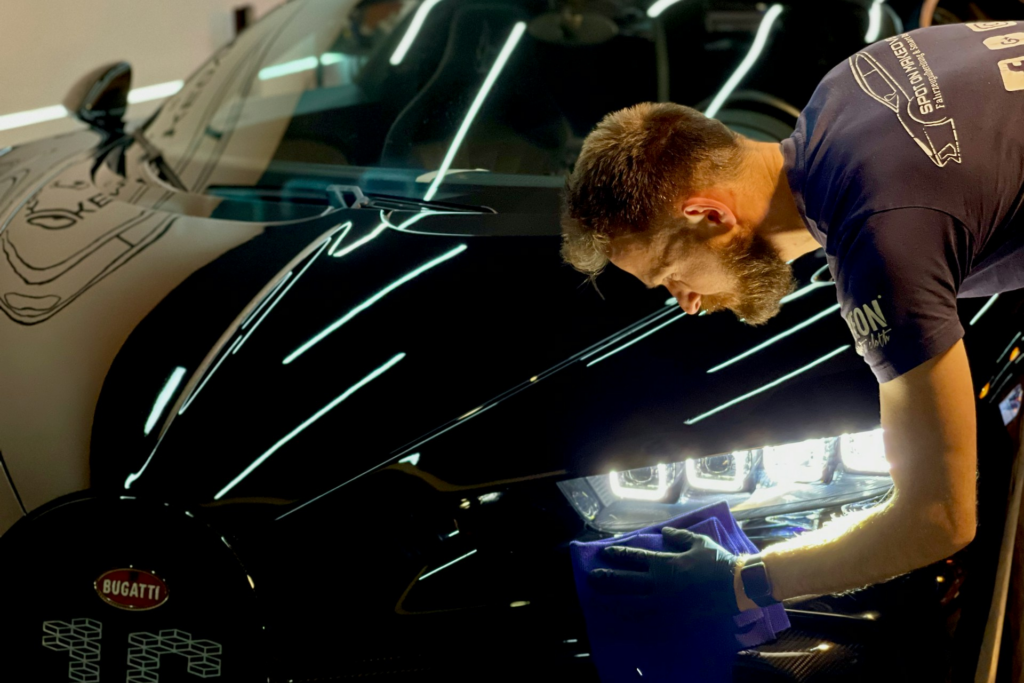Automobile manufacturers employ more than a million people in the United States. Jobs pay an average of about $30, making them attractive options for blue-collar workers looking to maximize their incomes in a growing industry.
Of course, not all automobile manufacturing positions attract and retain qualified candidates. Companies can better position themselves for success by enhancing worker safety and productivity in the following ways.
Ergonomic Design Impacts Employee Health and Performance
Ergonomic design helps prevent musculoskeletal disorders that can lead to physical disability. Managers at automobile manufacturing facilities should create ergonomic programs that address problems created by:
- Working in unnatural postures for prolonged periods
- Reducing the number of repetitive movements workers perform
- Protecting workers from heavy vibrations
An effective ergonomic program will improve employee health, making it possible for them to reach productivity goals.
Since ergonomic design is an ongoing area of study, you can keep up with the latest research published by The National Institute for Occupational Safety and Health (NIOSH).
Training Programs Can Improve Skills Development and Job Satisfaction
As automobile manufacturing technology evolves, employees need to learn new skills to work with tools and platforms. Training programs can do much more than close skills gaps, though. They can help attract and retain top workers.
Investing in skills development shows potential employees that you want them to advance. As they learn how to perform more tasks, they can move into higher-paid positions. If you want to attract workers focused on their long-term careers, create a skills development program that helps them move up.
Training programs can also improve job satisfaction by improving confidence, reducing frustrations, and growing skill sets. Ideally, you should make custom training programs that address the unique needs of specific employees. You can also take a modular approach that lets employees choose their own paths. As they acquire new skills, they can apply for the positions that interest them.
Workplace Safety Measures to Prevent Accidents and Injuries
Meeting OSHA standards can significantly reduce the number of accidents and injuries that happen in the workplace. Nearly 50 years of data collected by the Department of Labor show that the regulations work extremely well. When OSHA was enacted in 1972, private industries reported that 10.9 out of every 100 employees suffered some type of nonfatal occupational injuries or illnesses. In 2018, that number fell to 2.8 per 100 employees.
You can go beyond OSHA requirements to create an even safer workplace for your employees. Start by leveraging modern communication methods to get more feedback from workers. After all, they’re the people working directly with automobile manufacturing equipment. Their up-close experience makes them a valuable source of information.
Keep lines of communication open, but don’t require everyone to identify themselves. The option to provide feedback anonymously can make workers feel more comfortable sharing their insights and complaints. You want honest information, so make it easy for employees to share ideas without worrying that speaking up could get in the way of future advancements.
Employee Engagement Strategies Can Boost Morale and Retention
Employee engagement in the U.S. trended upward for more than a decade before taking a slight slip in 2022. The latest data show that 33% of employees feel engaged in their jobs. Even after years of improvement, that’s a concerningly low number. Companies that follow best practices, however, see a much higher percentage of engaged employees (70% in 2023).
This matters because engaged employees typically feel more motivated. They express higher morale at work and stay with organizations for longer stretches of time. When you connect with workers, expect to see increased productivity and decreased churn. It makes a huge difference to your automobile manufacturing facility’s bottom line.
Keep in mind that people can have diverse responses to engagement strategies. Review your workforce’s demographics and listen to their preferences so you can choose more effective strategies. For instance, you might need to communicate with Gen Z workers differently than you communicate with employees from older generations.
Balance Automation and Human Intervention in Automobile Manufacturing
Major automobile manufacturers are integrating AI-powered automation into their facilities. Adding smart robotics makes some assembly lines 15% faster.
Even if you adopt more automation into your manufacturing processes, you need trained humans to oversee activities. Balancing automation and human intervention likely creates the most effective path forward as car companies become increasingly competitive.
While some workers will complain that automation replaces humans with robots, it’s important to recognize the benefits of automation. For example, you could use robots to perform some of the most dangerous tasks within your facility, which helps protect human employees from harm. Improved productivity could also become essential to a facility’s output. Without emerging technologies, factories might not keep up with their competitors.
Keep Up With Emerging Trends
Knowing how to enhance worker safety and productivity helps ensure success in automobile manufacturing. As technology evolves, though, companies will need to adjust their approaches to meet new goals. Keep up with emerging trends by following MRINetwork.

Connect with MRINetwork